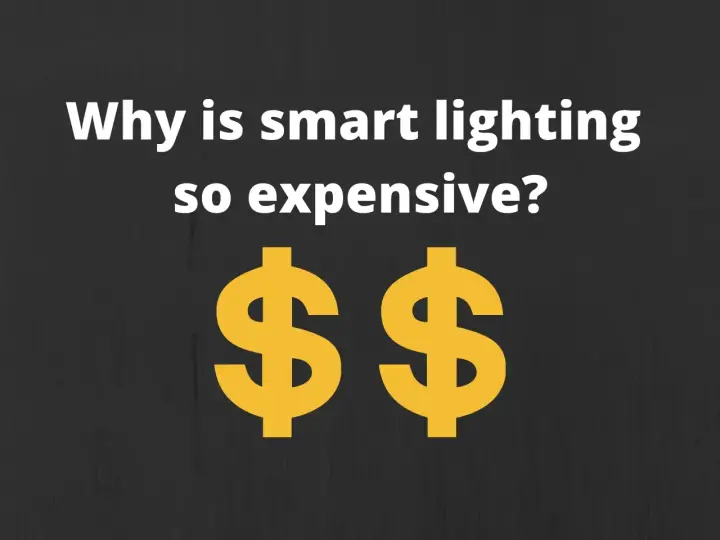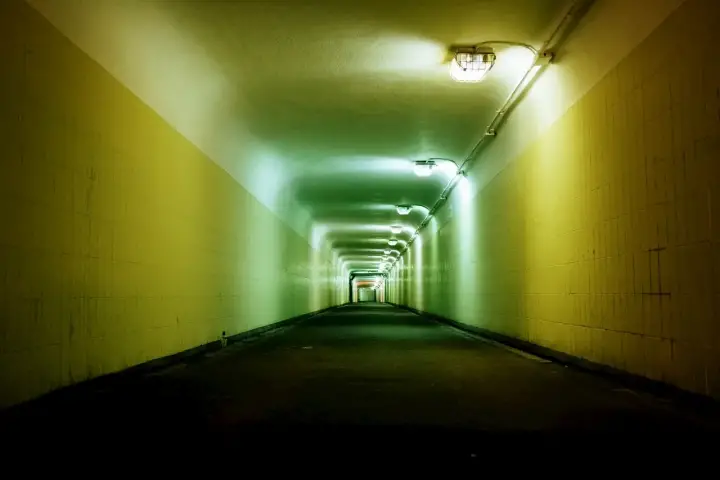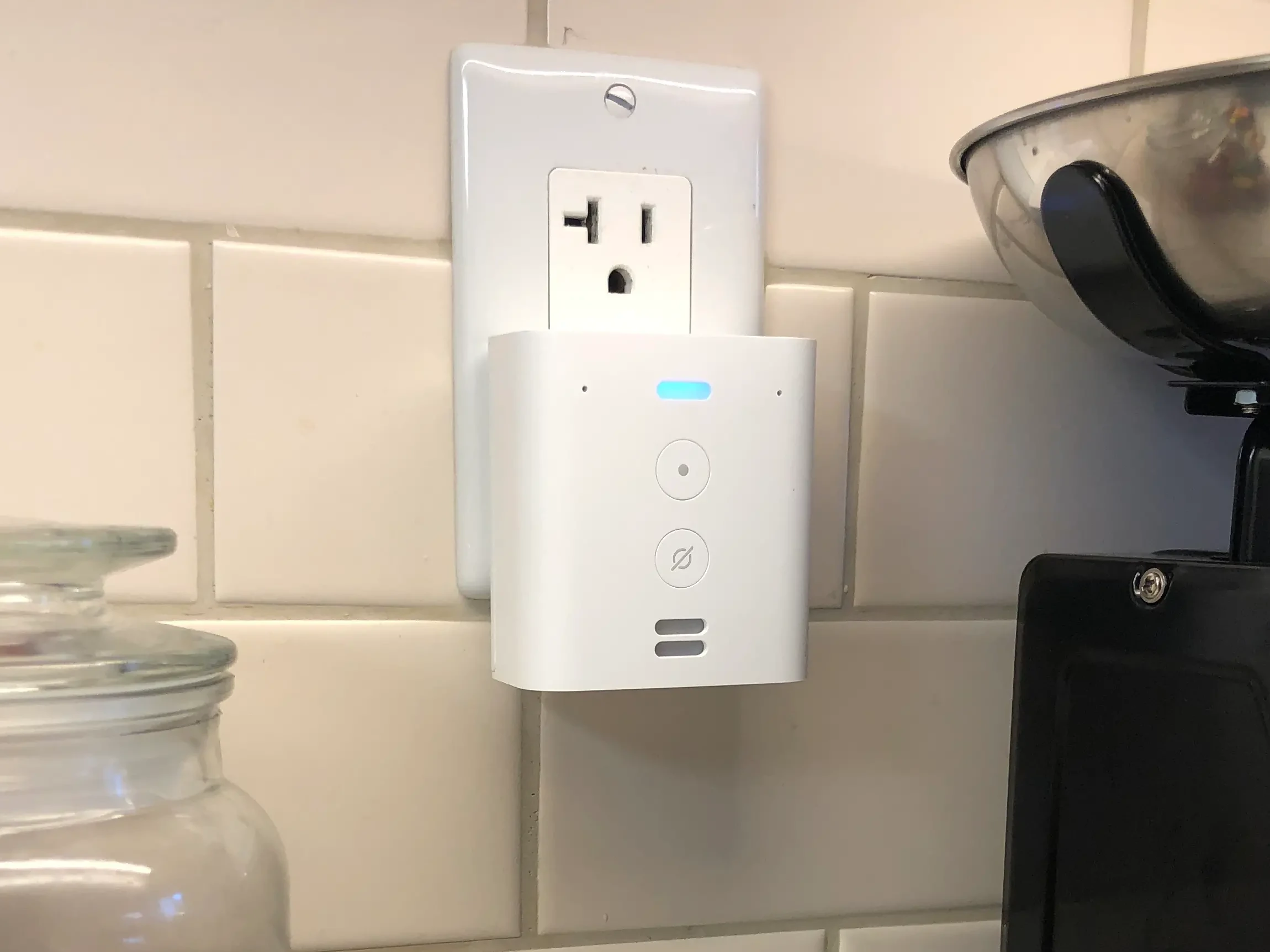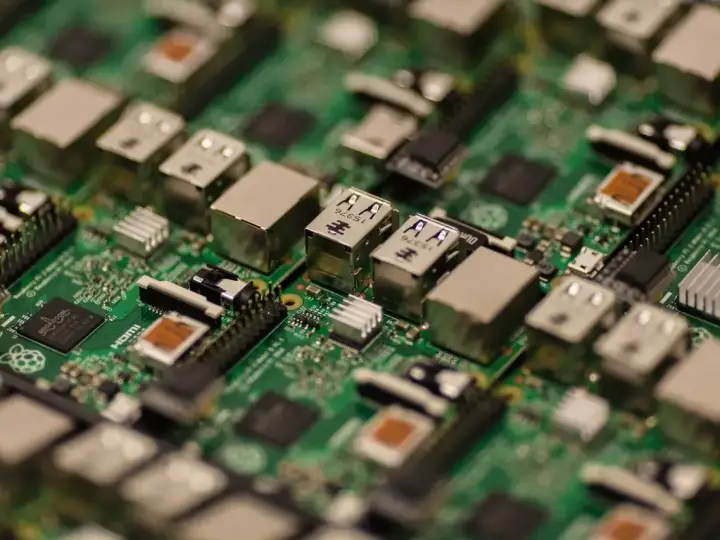Why is Smart Lighting so Insanely Expensive?
Updated on 4th Sep 2020 19:34 in General, Smart
Many will agree that smart lighting is super convenient, but many will also ask why it is so expensive. The short answer is that it's not! While there are plenty of outrageously priced smart lighting devices out there, there are also many very affordable ways to implement it. First, we'll take a look at why intelligent bulbs are expensive in the first place and then we will check out various much cheaper alternatives.

Disclaimer: This post contains affiliate links. As an Amazon Associate, I earn from qualifying purchases.
Table of Contents
Why are smart bulbs so expensive?
It must be said: some of the smart bulbs on the market cost so much that it's easy to wonder why anyone would even buy any. I managed to find one that costs around 45$ per bulb! For comparison, you get about 6 regular bulbs for 16$. There are some valid reasons for smart bulbs to cost more than traditional bulbs, but the question then becomes at what point is it too much?
Popular mention: Philips Hue
Many people will point to the Hue line of products when talking about how expensive smart lighting is, and for a good reason! The most costly bulbs I could find were all part of the Hue brand, including the 45$ example from earlier. There are a few factors to consider here, the first that being the most popular brand in the industry has its perks, and with a 50% market share according to Strategy Analytics', it's no wonder they can charge so much.
Their products are also at a quality level that is vastly superior to most of their cheaper counterparts which, along with the big brand name act to inspire confidence within consumers that the product will work. It is worth mentioning that prices do seem to be coming down from their peak, though most of the product line is still a lot more expensive than many competitors.
Smart bulbs in general
The high prices are unfortunately not limited to any single manufacturer, with some of the cheapest bulbs still coming in at around 10$ a piece which is over 5x as expensive as regular light bulbs. Other than the apparent functionality, smart bulbs have quite a few elements that contribute to their high sale price. One of these is the extensive research and development investment required to create a bulb due to the many aspects such as:
- The microcontroller
- Wireless antenna
- Firmware development
- Software development of apps and integrations
- Licensing fees for protocols such as Z-Wave, which require certification
All of these factors come together to increase the cost of designing the product, which will always translate to a higher retail price. Not to be forgotten though is the added cost of each of these components within every bulb sold - parts that regular bulbs do not need to have. As a result, it is unlikely that the price of smart bulbs will ever be as low as most are used to with regular bulbs, which is why in the next section we will focus on strategies to reduce the cost of implementation within your home.

Smart lighting on the cheap
It is now possible to find countless products for sale that are considerably cheaper than they were just a few years back. The issue with lighting tends to be that a typical house will have a lot of bulbs in it - in fact, according to EnergyStar, the average American household will have around 50 sockets in it. Quick napkin math says that even with a relatively low price of 15$ per bulb it will cost 750$ in bulbs alone, just to replace what already exists with a smarter version!
That doesn't even consider the fact that most households will have spare bulbs around, should any of them break and require replacing to avoid sitting around in the dark. So it's clear that converting even a single room to smart lighting can easily cost hundreds of dollars in some cases, how can we possibly spend less? There is a case for smart switches in some of these situations.
It only takes one smart switch to drive many bulbs which can quickly introduce significant cost savings for fixtures containing 2 or more bulbs. Another benefit for these is the ability to replace any bulb without needing to pay for the "smart" components again. The biggest downside for some will be that switches do not have any RGB features, though as lovely as multicolour lights are there are certainly some places that need normal light.
How do you get the cheapest smart lighting?
For the absolute cheapest, the best bet is to get a WiFi device to avoid more expensive protocols such as Z-Wave or Zigbee. If dimming is not required, a smart plug will be the cheapest way to add intelligent capabilities to any light, no matter the number of sockets. Here is one I found that costs half as much as the most inexpensive smart bulb I could find. Even if dimming is required, for a lamp that uses 2 or more bulbs, getting a smart dimmer plug could still be cheaper and it saves the hassle of dealing with grouping individual bulbs together as we talked about in the past.
The quality of the light emitted
There is a lot to say about light quality, but the gist of it is that different light sources emit different wavelengths depending on the method of light generation. The spectrum of wavelengths that any given bulb outputs will determine the temperature along with how it "feels".
Many super cheap bulbs suffer from looking very unnatural, which is a direct result of their poor spectral output and colour balancing. Paying extra for a bulb is a good way of ensuring that you receive the highest quality of light possible, but it could still feel different from regular lights.
This is another reason that some smart lighting is rather expensive. The manufacturer has a difficult task of balancing the cost of the bulb with the quality of the light emitted. It is a difficult balance to achieve, and it can be hard to appreciate how difficult it is without understanding a few things about light. Check out my post on the types of smart bulbs to find out more about the feel of a bulb.

Summary
At the end of the day, you will tend to get what you pay for. This is especially true for smart lighting due to the complexity of each element within a bulb along with the research and development that goes into each one. Bulbs also have many factors that contribute to their look, meaning that two RGB bulbs from different brands could look identical but emit very different light.
Additionally, with the relatively high cost of each bulb, it becomes harder to keep replacements on hand. No one wants to be left in the dark, but keeping spares of 20$+ devices can be tough on the wallet. As such, for the budget-conscious I recommend the use of smart switches because they can control many bulbs at a time, allow the use of cheap regular bulbs, and avoid colour matching problems since the same bulb can be used everywhere.



